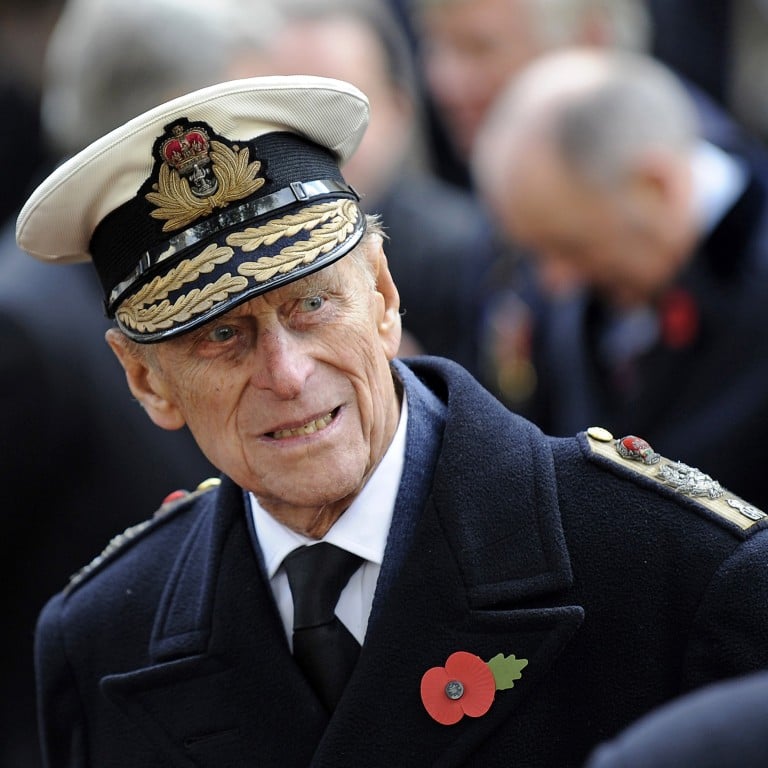What is Operation Forth Bridge and what happens now that Prince Philip, the Duke of Edinburgh, has passed away?

- Queen Elizabeth’s husband of 73 years died at Windsor Castle on April 9, according to Buckingham Palace, setting off code-named funeral arrangements
- Like the queen mother and Diana, Princess of Wales, Prince Philip will receive a ceremonial funeral and is likely to be buried at Frogmore Gardens
Prince Philip, Queen Elizabeth II’s husband, died at Windsor Castle this morning, aged 99, Buckingham Palace announced in a statement.
Prince Philip was discharged from London’s King Edward VII hospital on March 16, after being admitted a month earlier on the advice of his doctor because he was “feeling unwell”.
Now, the unenviable task of initiating the late Duke of Edinburgh’s ceremonial funeral plans falls to the funeral directors of the royal household.
Rumoured to be code-named “Operation Forth Bridge”, Prince Philip’s funeral arrangements have been carefully planned behind closed doors but, for those of us unversed in royal protocol, here are some of your questions answered.
Prince Philip will have a ceremonial funeral, not a state funeral. What’s the difference?

While state funerals are usually reserved for the death of a reigning monarch, ceremonial funerals are reserved for the other members of the royal family.
While there are several minute differences between a state funeral and a ceremonial funeral, the most visible distinction would be that in a ceremonial funeral, the gun carriage with coffin would usually be drawn by horses, rather than pulled by sailors from the Royal Navy.
Like the funerals of the queen mother, Elizabeth Angela Marguerite Bowes-Lyon, in 2002, and Diana, Princess of Wales, in 1997, Prince Philip will also have a ceremonial funeral.